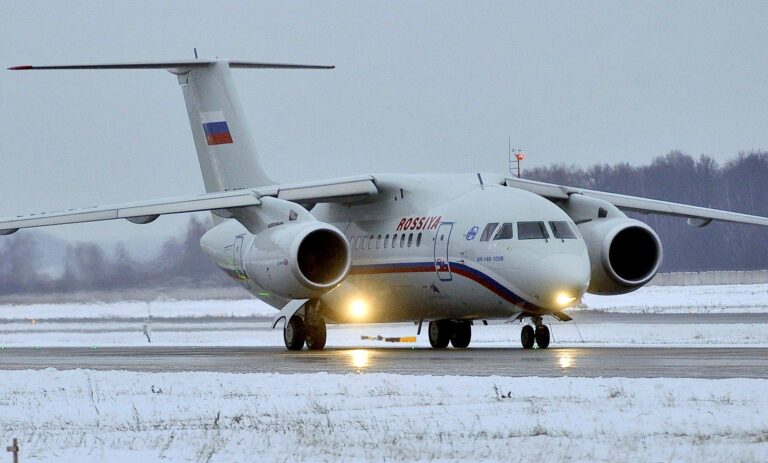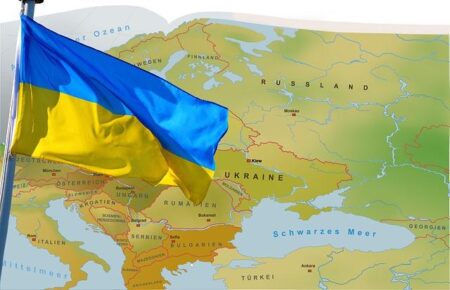A mysterious Russian aircraft that recently landed in Caracas has since continued its journey to Cuba and Nicaragua, raising questions about Moscow’s activities in the Western Hemisphere. The unexpected flight path, which included stops in two key countries with historical ties to Russia, has sparked interest among defense analysts and officials monitoring geopolitical developments in the region. As tensions between Russia and the West intensify, the presence of the plane in these strategic locations underscores the growing complexity of international military and diplomatic engagements.
Russian Military Aircraft’s Unscheduled Route Raises Regional Security Concerns
The unexpected trajectory of the Russian military aircraft, deviating from its scheduled flight path after making a sudden stopover in Caracas, has raised alarms among regional security analysts. The plane’s subsequent visits to Cuba and Nicaragua, two strategically significant but politically sensitive locations, have sparked widespread speculation about Moscow’s intentions in the Western Hemisphere. Analysts emphasize that such unscheduled stops could signal increased intelligence-gathering activities or the delivery of military support amidst growing tensions in the region.
Regional governments and defense officials have been closely monitoring these developments, voicing concerns about escalating military posturing near their borders. Key security implications include:
- Potential intelligence operations aimed at gathering strategic information from allied nations.
- Strengthening of military alliances through logistical support and arms transfers.
- Heightened regional instability due to increased foreign military presence.
| Stop Location | Duration | Noted Activity |
|---|---|---|
| Caracas, Venezuela | Several hours | Refueling and resupply |
| Havana, Cuba | Overnight | Unconfirmed cargo transfer |
| Managua, Nicaragua | Short stop | Possible personnel exchange |
Analyzing the Strategic Implications of Moscow’s Expanding Presence in Latin America
Moscow’s recent aerial activity, marked by a stop in Caracas followed by flights to Cuba and Nicaragua, signals a deliberate effort to deepen its foothold in Latin America-an area traditionally dominated by U.S. influence. This expanding presence is not merely symbolic; it represents a calculated strategy to diversify geopolitical alliances and counterbalance Western power structures. By leveraging military and diplomatic channels, Russia is enhancing its ability to project power across the Western Hemisphere and secure valuable access points for intelligence gathering, logistics, and potential military operations.
The implications extend into multiple domains, including:
- Military Cooperation: Increased joint exercises and arms shipments strengthen local regimes aligned with Moscow.
- Economic Leverage: Enhanced trade agreements serve as soft power tools to cultivate long-term dependencies.
- Information Warfare: Media partnerships and cyber campaigns expand Russian influence in public opinion and political spheres.
These multifaceted engagements suggest a sustained effort to embed Moscow as a pivotal player in the hemisphere’s security architecture-a trend that warrants close monitoring given its potential to recalibrate regional alliances and destabilize established diplomatic norms.
| Country | Key Strategic Benefit | Recent Activities |
|---|---|---|
| Venezuela | Oil resources & military base access | Aircraft landing, arms shipments |
| Cuba | Logistical hub & intelligence kiosk | Transport flights, communication upgrades |
| Nicaragua | Naval access & political alliance | Military advisors, joint drills |
Recommendations for Enhanced Surveillance and Diplomatic Engagement in Response to Russian Movements
Given the suspicious trajectory of the Russian aircraft-making stops in Caracas before heading to Cuba and Nicaragua-there is an urgent need for enhanced aerial surveillance and real-time intelligence sharing among allied nations in the region. Increased radar coverage and deployment of reconnaissance drones could provide early warnings of similar clandestine movements in the future. Moreover, investment in satellite monitoring systems tailored to track non-commercial flights in critical air corridors will enable faster identification of potential threats and facilitate immediate response protocols.
Simultaneously, diplomatic channels must be activated to engage with Caribbean and Central American governments regarding these developments. Transparent dialogue combined with multilateral security talks can help deter unauthorized military activities and foster cooperation in maintaining regional stability. Key measures include:
- Establishing joint airspace monitoring agreements
- Enhancing coast guard collaboration and intelligence exchange
- Conducting high-level diplomatic visits to reinforce shared security commitments
- Implementing sanctions or diplomatic warnings if unauthorized military flights persist
| Action | Expected Outcome | Timeline |
|---|---|---|
| Expanded Radar & Drone Deployments | Real-time detection of suspicious flights | 3-6 months |
| Regional Intelligence Sharing | Improved situational awareness | Immediate |
| Diplomatic Missions | Strengthened regional alliances | 1-2 months |
Closing Remarks
As investigations continue into the movements of the mysterious Russian aircraft following its stop in Caracas, questions remain about the implications for regional security and geopolitical dynamics in the Americas. Observers will be closely monitoring developments as the plane’s presence in Cuba and Nicaragua signals a potentially significant pattern of Russian activity in the Western Hemisphere. Further updates are expected as officials from the involved countries and international authorities provide additional information.




